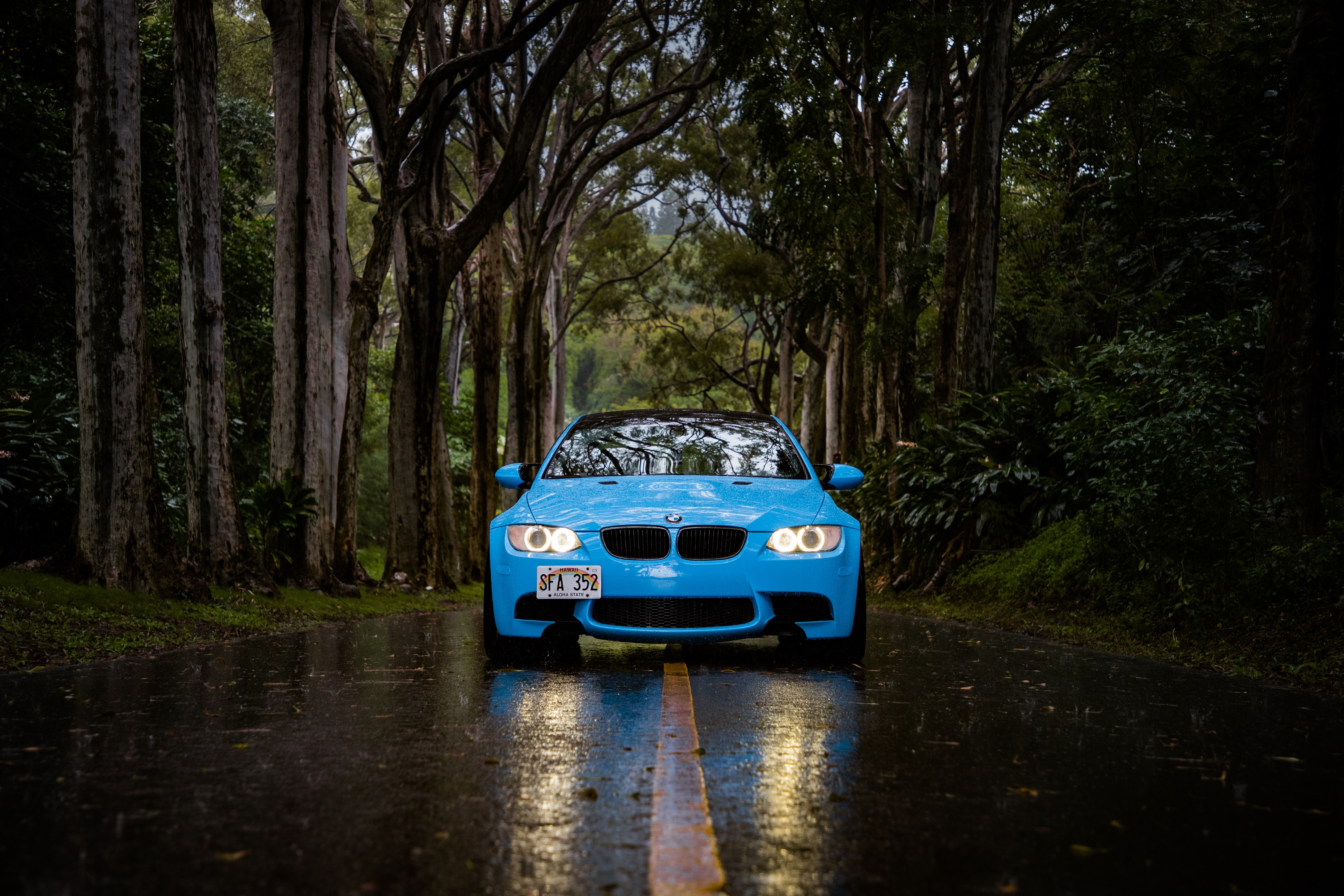Frequent rains can’t stop workaholics from driving to their offices. Some people still travel even when the roads are flooded. Driving a car in the rain can be dangerous resulting in skids, hydroplaning, and slick roadways.
When the roads are wet, it can be difficult to maintain control of your vehicle, but these tips can help you stay safe. Follow these guidelines to master rainy-day driving — and to recognize when it's best to avoid driving, turn around, or pull over to wait for the rain to stop.
Six Effective Tips for Safely Driving Car in The Rain
Before you can start driving, you must inspect and double-check the major components and parts of your vehicle. Here's everything you need to know:
1. Go Slow
Rain means you'll have to plan for a long journey because traffic will be slower and you'll have to slow down. Hydroplaning (explained later) is most commonly caused by vehicles traveling too fast; therefore, slowing down is a good idea.
When it starts to rain, slow down even more because the oils on the road will come to the surface and make the road slicker.
2. How to Manage Hydroplaning
Tires can lose grip and hydroplane when there is too much water on the road, causing your vehicle to slip uncontrolled. It doesn't take much to cause a car, SUV, truck, or four-wheel drive to hydroplane when traveling 35 miles per hour or at a faster pace with as little as one-twelfth of an inch of rain on the road.
Tires with more wear also increase this risk, so make sure to analyze the tread depth on your tires on regular basis. Slow down as soon as it starts to rain. You'll need to slow down even more if you start to hydroplane.
Start by letting go of the throttle pedal to allow the car to slow down. Then gradually begin steering in the direction in which you're hydroplaning until you've regained control. This may seem counterintuitive, but it really assists your tires in realigning with your vehicle so that they are both traveling in the same direction.
All steering must be done slowly. If you jerk the steering wheel, you risk flipping your car owing to overcorrection.
3. In Rainy Weather, Never Use Cruise Control
When using cruise control in wet weather, you risk losing control of your vehicle. To avoid traction loss, drivers may need to lower speed by relaxing off the pedal. However, this is not possible when using cruise control. Furthermore, in wet weather driving, the driver must remain completely engaged, thus cruise control should be avoided.
4. Defroster Should be Turned On
Turn on your front and rear defrosters to clear the fog from your windshield, which might obstruct your vision.
5. Maintain Correct Tire Inflation
Replace worn tires as soon as possible. When the roads are wet, drive slowly and avoid puddles to avoid aquaplaning. If you have any concerns about your tires’ wet-weather performance, have them evaluated by a specialist mechanic.
6. Try to Stay in the Middle of the Road
Roads are constructed with drains so that excess rain or water may be promptly evacuated. However, on some roads, those drains are frequently obstructed and do not perform as intended. As a result, significant amounts of water tend to pool on the edges of highways rather than in the center.
So, if you want to drive safely during the rainy season, on wet roads you should stay in the middle. When you drive on the sides, you risk not only hitting major potholes and flooding your engine, but you also risk other automobiles splashing water on your car and windshield, making it impossible to see what's ahead of you.
Driving Car in The Rain at Night-Time
Because the glare of vehicles is enhanced by the rain on your windshield, driving at night in the rain can be very dangerous. Dim your dashboard lights, avoid gazing directly at oncoming headlights, and wipe both the inside and outside of your windshield to help prevent glare.
To help with any fog that may collect on the inside of your windows, turn on the ventilation system. Extra precautions may reduce the anxiety associated with driving in the rain, making the experience safer for everyone. If you do end up in a wreck, be sure you know what to do next.
Lastly: Don’t Drive If You Don’t Have To!
When there is a lot of rain and floods, it's usually best to stay put. If at all possible, avoid driving in dangerous rain and wait until the worst has passed. However, if you really have to drive in the rain, you must follow the aforementioned tips for a safe drive. In case, you are searching for a reliable driver, navigate any free directory such as Topspot 101. Finding the best road assistance services through any well-reputed business directory is easy.

